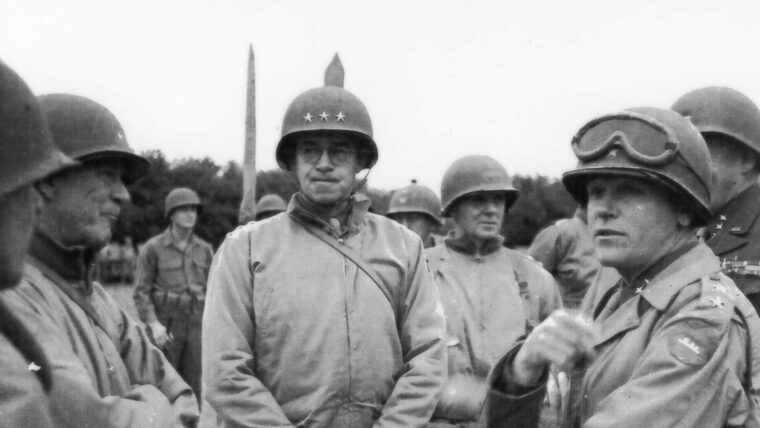
WWII
A List of American Commanders in WWII Who Lost Their Lives
By Thomas R. CagleyGeneral George S. Patton, Jr., once said, “An army is like a piece of cooked spaghetti. You can’t push it, you have to pull it after you.” Read more

WWII
General George S. Patton, Jr., once said, “An army is like a piece of cooked spaghetti. You can’t push it, you have to pull it after you.” Read more
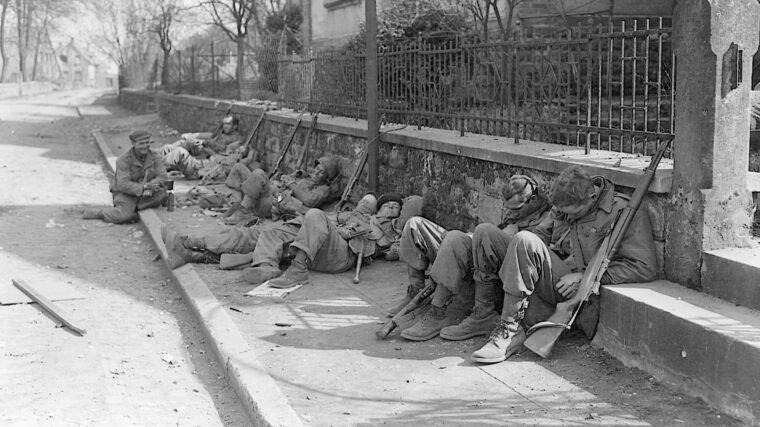
WWII
One of the most precious resources in war, and the one most often in short supply, is sleep. Read more
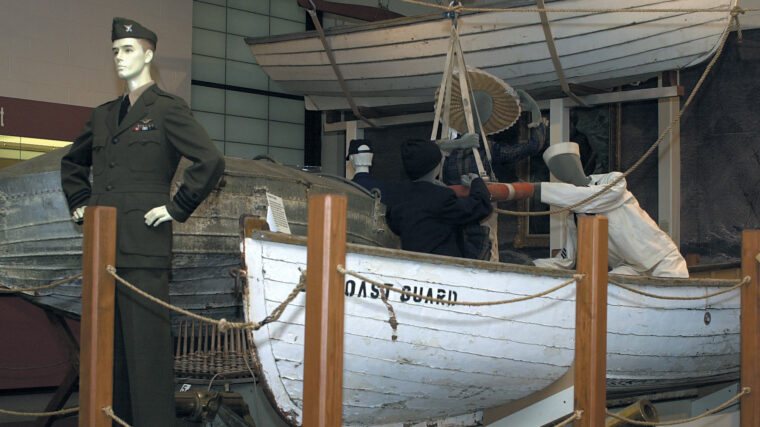
WWII
On August 4, 1790, at the urging of Secretary of the Treasury Alexander Hamilton, the United States Congress authorized the construction of 10 armed revenue cutters. Read more

WWII
On the morning of February 23, 1945, on the tiny Pacific island of Iwo Jima, a 40-man patrol gathered at the 5th Marine Division headquarters for their final briefing with battalion commander Lt. Read more
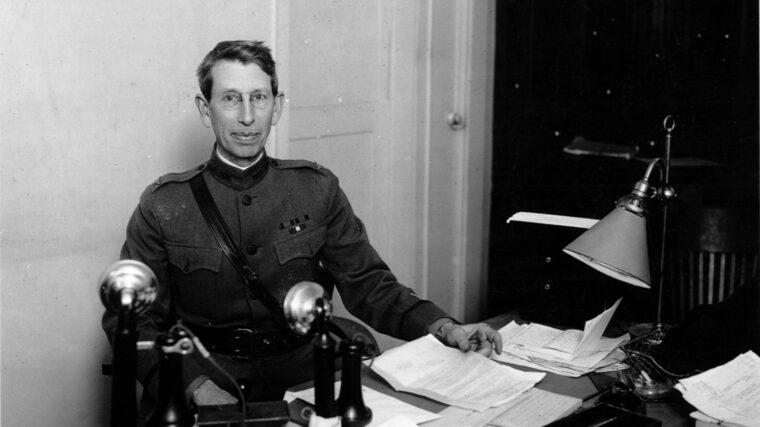
WWII
In the long history of American military intelligence, the names that come to mind most often are those of Nathan Hale, Benedict Arnold, Herbert Yardley, and William Donovan. Read more
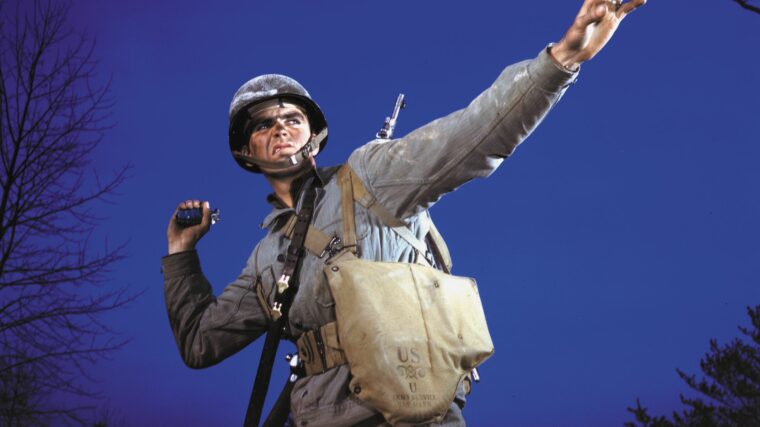
WWII
When did humanity begin throwing explosive devices? What are the origins of the modern grenade, and how did explosives evolve? Read more

WWII
From its inception, Zahal, the Israeli Army, has been forced to use ingenuity and improvisation to arm itself against its Arab enemies. Read more
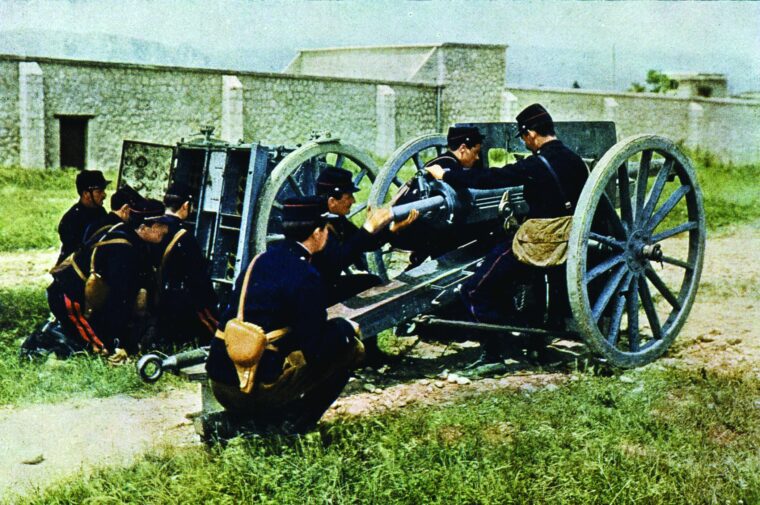
WWII
A regiment of Bavarian infantry advanced quietly in the dark, rising from its own trenches and moving toward the French lines across the desolate no-man’s-land in between. Read more
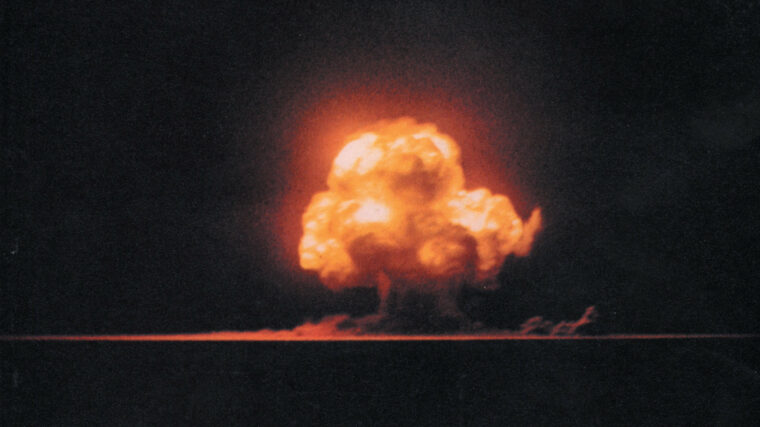
WWII
The most controversial decision of the 20th century—probably in all of history—was the one reportedly made by President Harry S. Read more

WWII
The call of a nation on its civilian population either to create a military force or to augment a standing army is virtually as old as civilization itself. Read more
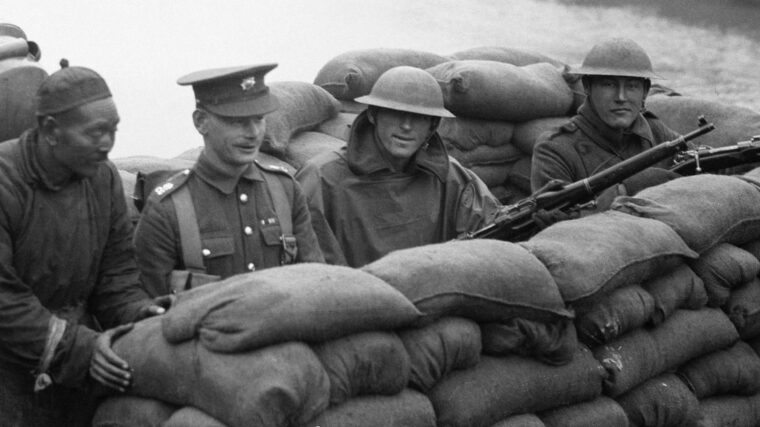
WWII
Soochow was a mongrel dog with a remarkable gift for self-preservation. A homeless stray, he attached himself to some U.S. Read more
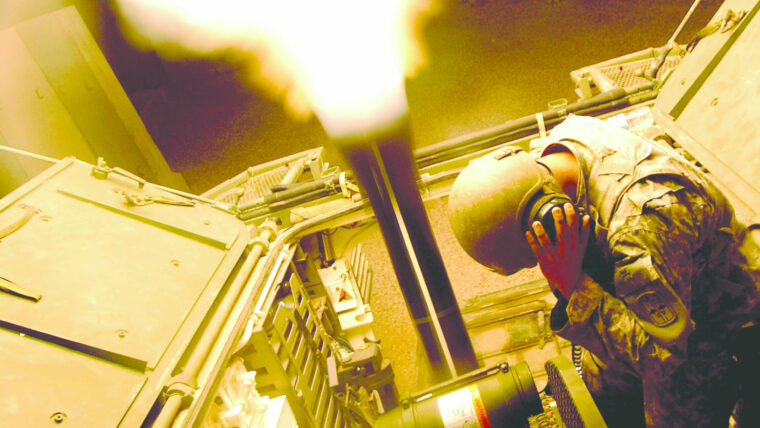
WWII
The mortar is perhaps the oldest surviving ordnance piece developed during the Middle Ages. The earliest known forerunner to the mortar, introduced by Spanish Muslims about ad 1250, was essentially an iron-reinforced bucket that hurled stones with gunpowder. Read more
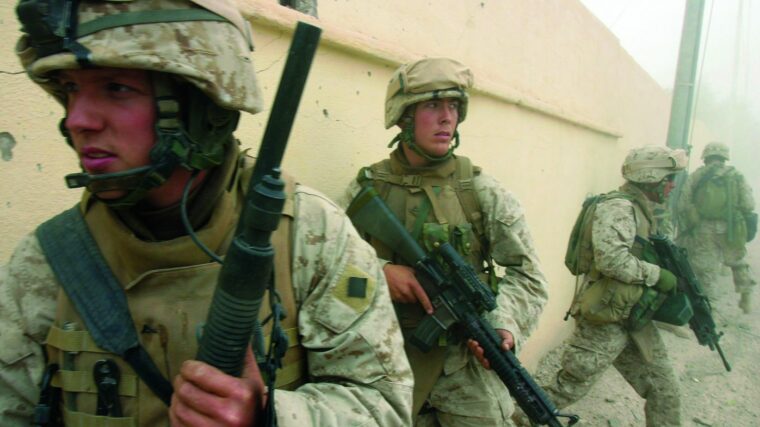
WWII
Coming upon the enemy’s rear guard outside the western Kentucky village of Sacramento, four days after Christmas 1861, Confederate Colonel Nathan Bedford Forrest ordered his cavalry to advance. Read more
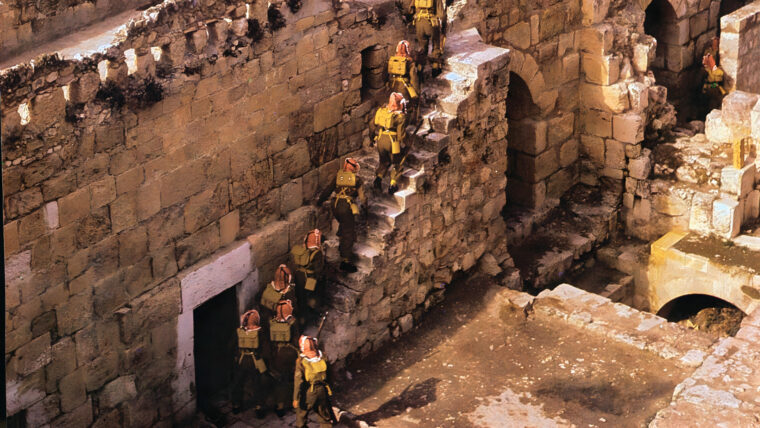
WWII
With his short, dumpy appearance and high-pitched voice, John Glubb seemed more like a real-life Colonel Blimp than another Lawrence of Arabia. Read more
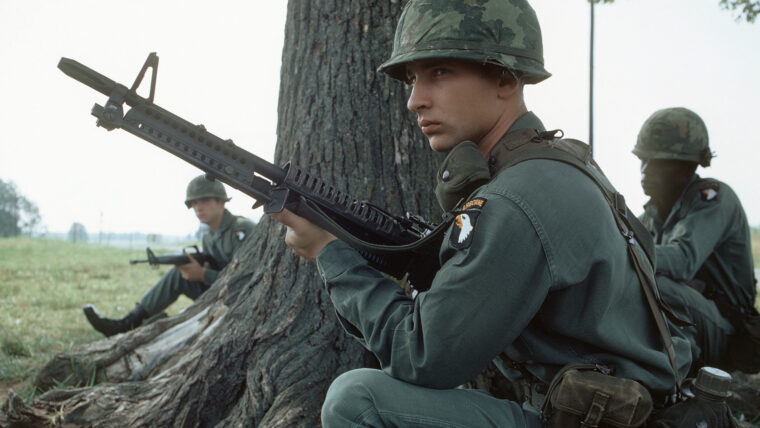
WWII
The time was early 1967, the place a crowded square over a body of water on a narrow bridge in downtown Saigon. Read more
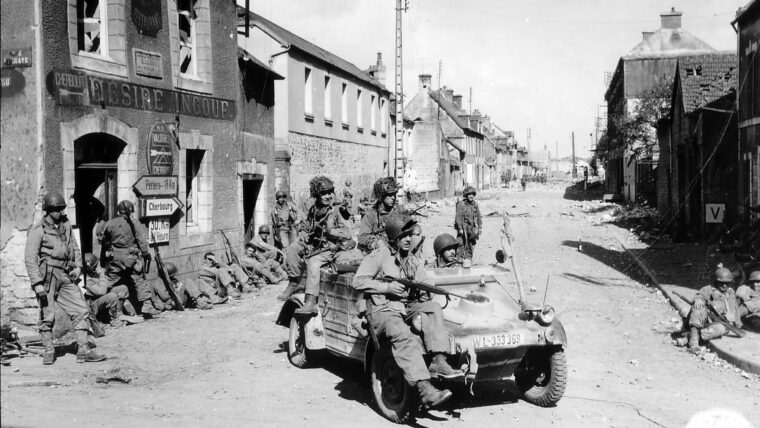
WWII
Donald Malarkey’s comrades thought highly of him as a warrior and as a man. Staff Sergeant William “Wild Bill” Guarnere considered him his hero. Read more
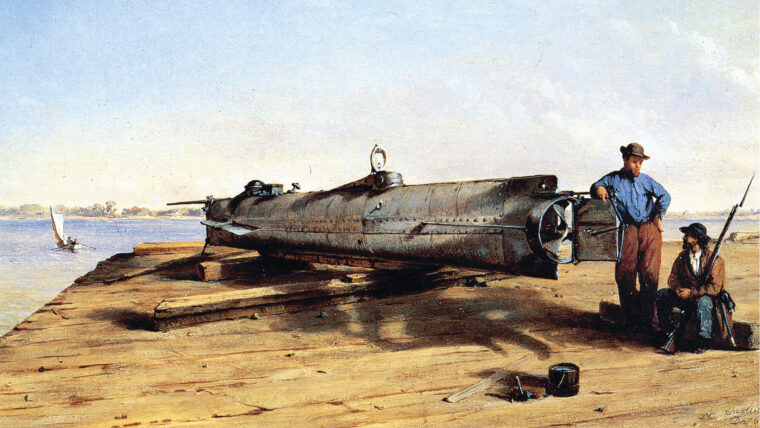
WWII
The concept of a ship that could submerge beneath the water and then resurface dates back as far as the late 1400s, when Italian Renaissance artist and inventor Leonardo da Vinci claimed to have found a method for a ship to remain submerged for a protracted period of time. Read more
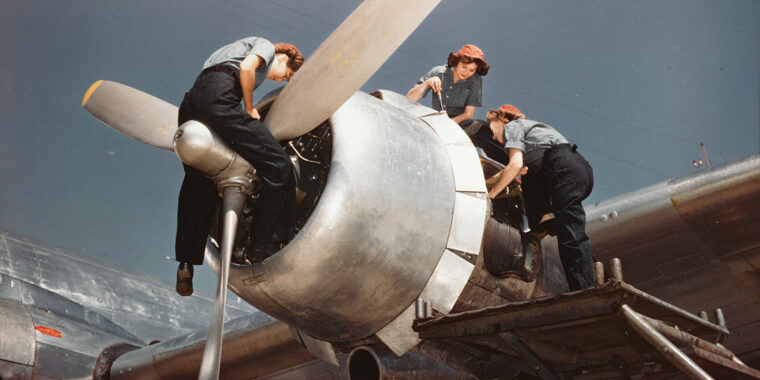
WWII
On December 7, 1941, Japan bombed Pearl Harbor. The next day, the United States declared war on the Empire of Japan, and the following day President Franklin D. Read more
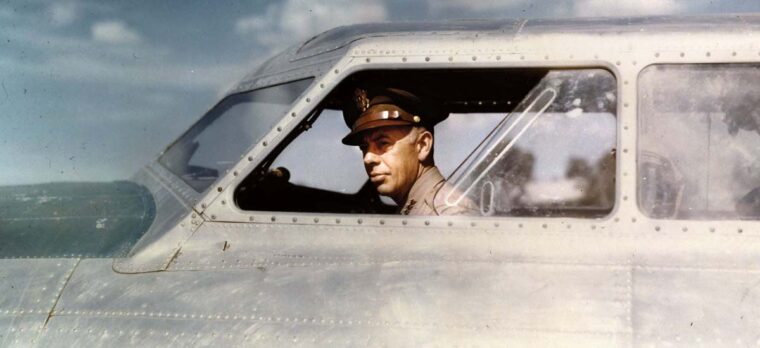
WWII
Balikpapan was the most important oil refinery complex in the Pacific during World War II. Located on the island of Borneo in what was then the Dutch East Indies, one expert considered it “the most complete oil refinery outside the continental limits of the United States.” Read more
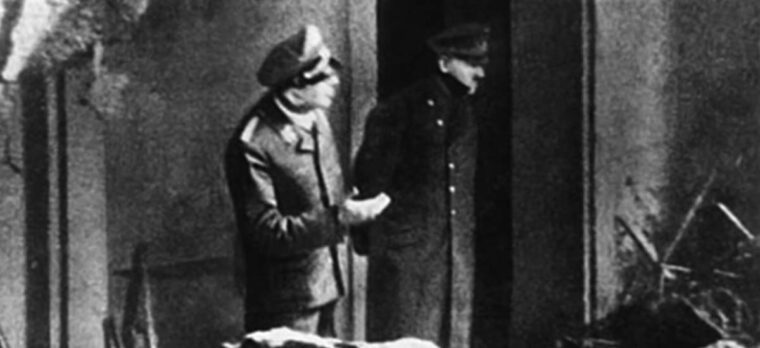
WWII
By Flint Whitlock
His world was literally crashing down in flames around him. Adolf Hitler’s Third Reich, which he had created out of nothing but his own will—an empire that he had once boasted would last for a millennium—was on fire and being torn apart by shot and shell, besieged on all sides. Read more